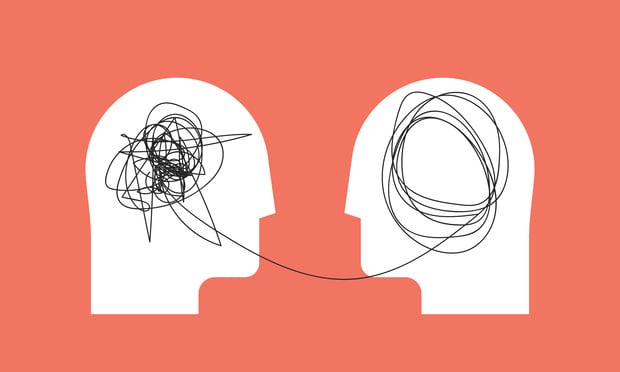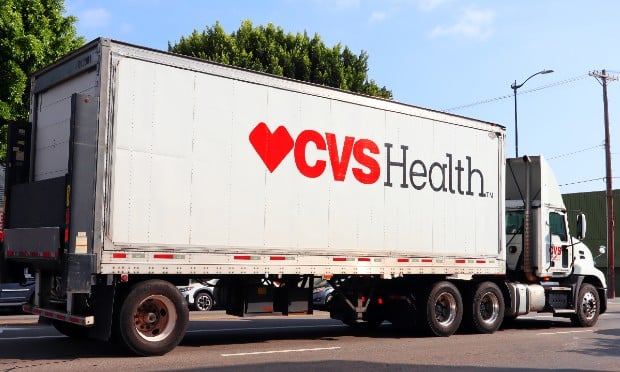 (Credit: Paul Craft/Shutterstock.com)
(Credit: Paul Craft/Shutterstock.com)
Over the past couple of years, we've witnessed considerable momentum to address the stigma of mental health in the workplace. Employers invested more in digitally-enabled mental health solutions as part of their benefits solutions than ever before. We've swung the pendulum on stigma and people are raising their hand for care, but now what? Employers are still grappling with a sea of apps and the best path for integrating care delivery. While yes, society has embraced broader acceptance of digitally-enabled care models, are they really going to "solve" the mental health crisis? Particularly when they work in isolation?
A recent report by The American Medical Association has brought to light a very serious issue of which many employers and benefit designers are already aware: the current paradigm – which silos physical and mental health care – is not working. Companies are using employee assistance programs (EAPs) as a mental health front door, which has proven to be ineffective and simply not good enough to address the severity of these problems. Patients require care that incorporates visibility, collaboration, and integration among providers. The organization asserts that the solution is found in behavioral health integration (BHI), which incorporates both mental and physical health care into delivery of services, in part, through digital enablement.
Continue Reading for Free
Register and gain access to:
- Breaking benefits news and analysis, on-site and via our newsletters and custom alerts
- Educational webcasts, white papers, and ebooks from industry thought leaders
- Critical converage of the property casualty insurance and financial advisory markets on our other ALM sites, PropertyCasualty360 and ThinkAdvisor
Already have an account? Sign In Now
© 2024 ALM Global, LLC, All Rights Reserved. Request academic re-use from www.copyright.com. All other uses, submit a request to [email protected]. For more information visit Asset & Logo Licensing.








